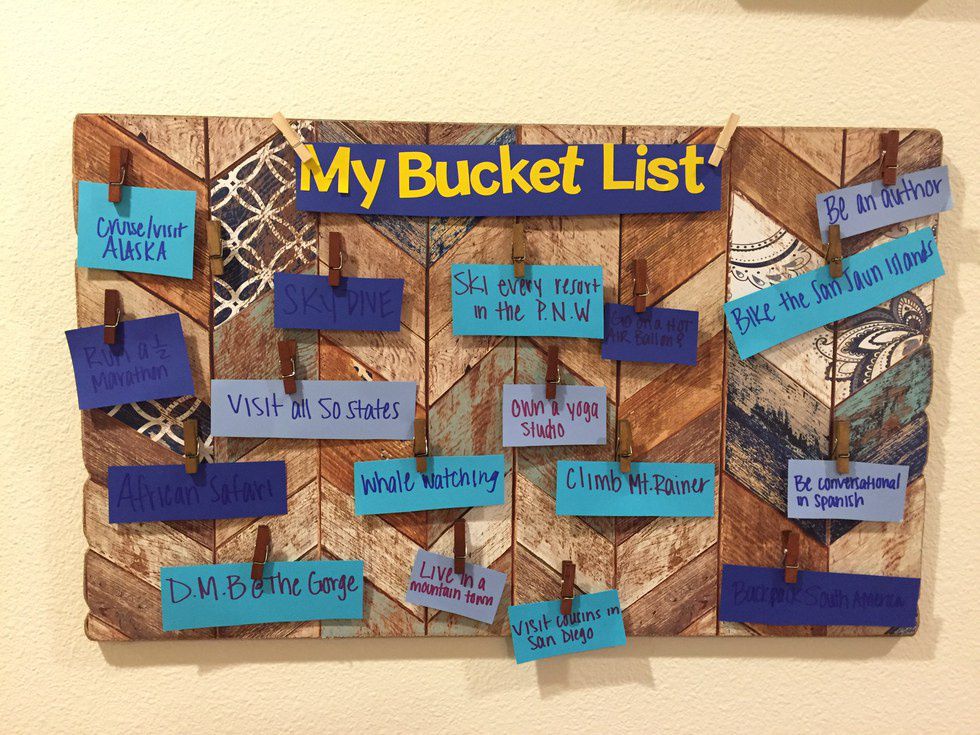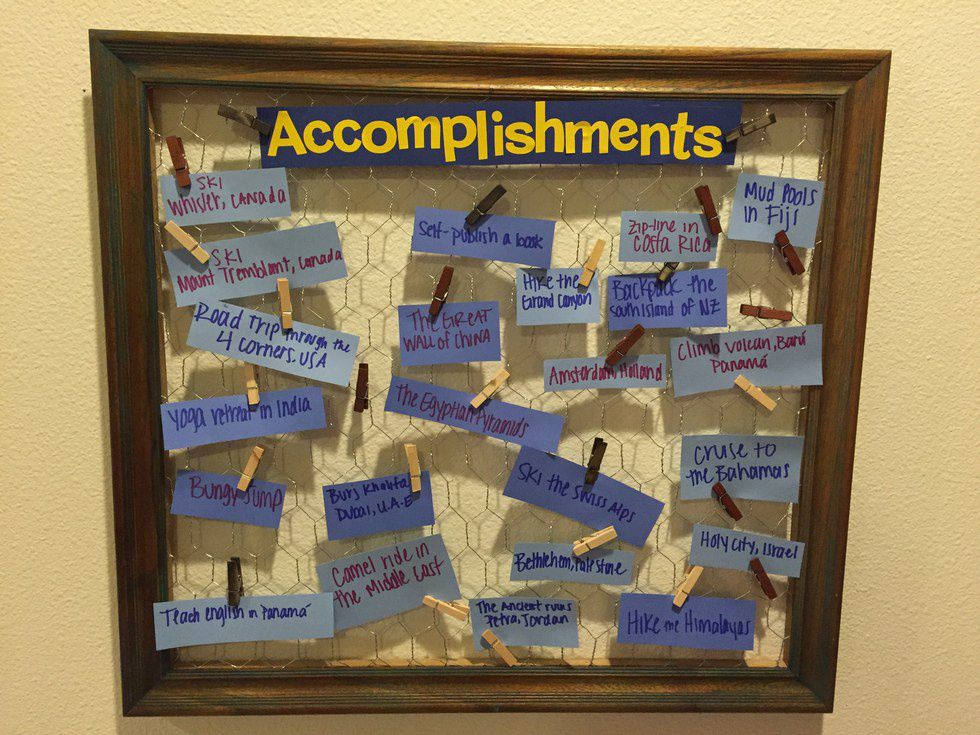College students are notoriously busy with school work, which is heavy enough to burn out the strongest of us. The pressures of higher education need to be balanced by relaxing and thoughtful events outside of the classroom. College clubs and organizations keep the campus alive and buzzing with activities. But organizations cannot keep churning out new event ideas and engagement opportunities if they are not cohesive. Here are some tips for any college organization to keep its members happy and support them as they organize college wide events and movements.
1. Community building
People like to know who they are working with. College groups need to invest time for their members to meet with each other and share their interests and stories. Each successful initiative requires everyone spearheading it to share a common goal. Outline your club's mission. What goals would you like to accomplish in a semester? Use these goals to help club members grow closer to one another. Encourage members to share their experiences, and receive their stories with patience and empathy. Take notice of members' academic and curricular accomplishments.
2. Brainstorming
A successful club is not one where one person is making all the decisions. Club leaders need to make sure everyone's voices are heard. This is a goal that is much more difficult than it sounds. Quieter students need different outlets to voice their concerns compared to louder ones. Make it compulsory for members to write their ideas down on paper to keep things anonymous. Send out anonymous surveys. Actively make sure there is space for everyone's thoughts and opinions.
3. Have events that are fun, but also keep things serious sometimes.
Cohesive groups can share a laugh, but they can also maintain a civilized debate. Club events should engage members and the wider community in fun activities, like group dinners, movie nights and study sessions. They should also sit together and address tough issues that are relevant to their mission. Faculty panels and documentary screenings followed by Q&A sessions are essential to keeping a club well balanced.
4. Identify each members' strengths and weaknesses.
It is essential for group leaders to know what each members' strengths and weaknesses are for them to delegate responsibilities. Ask members to fill out a survey with their personal assessments of talents and interests. In addition to these personal accounts, be sure to pay attention to how each member responds to their responsibilities.
5. Ask for constructive criticism from everywhere on campus, not just the club
Don't fall prey to group think and stay complacent in a group of like-minded folks. It's nice to make deeper connections with your club members, but sometimes that can make people less willing to point out mistakes and flaws. When someone makes a complaint, take it seriously and positively. If a club wants to progress, it needs to keep learning from its mistakes, no matter how much it might hurt some members' feelings.
I am excited to be the co-chair for my college's Asian Students' Association. There is so much that needs to be improved and so many ideas that I want to implement at college. The above points are only a starting point for the many ideas that I have for keeping a club active and engaging.



 StableDiffusion
StableDiffusion
 StableDiffusion
StableDiffusion
 student thinking i shouldnt have procrastinated all semester
StableDiffusion
student thinking i shouldnt have procrastinated all semester
StableDiffusion
 Photo by
Photo by  Photo by
Photo by  Photo by
Photo by  StableDiffusion
StableDiffusion
 StableDiffusion
StableDiffusion
 Photo by
Photo by  Photo by
Photo by 


 Lumiere figure at the Disney Store at the Ala Moana Shoppi… | Flickr
Lumiere figure at the Disney Store at the Ala Moana Shoppi… | Flickr








 StableDiffusion
StableDiffusion StableDiffusion
StableDiffusion 10. Extra BlanketsJuwenin Home 100% Cotton Knitted Throw Blanket
10. Extra BlanketsJuwenin Home 100% Cotton Knitted Throw Blanket StableDiffusion
StableDiffusion StableDiffusion
StableDiffusion File:Kishlaru familie.jpg - Wikimedia Commons
File:Kishlaru familie.jpg - Wikimedia Commons Photo by Hanna Balan on Unsplash
Photo by Hanna Balan on Unsplash StableDiffusion
StableDiffusion black blue and yellow round illustrationPhoto by
black blue and yellow round illustrationPhoto by 













